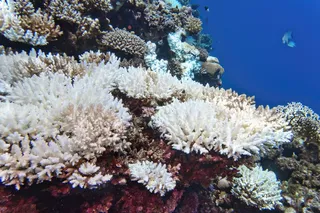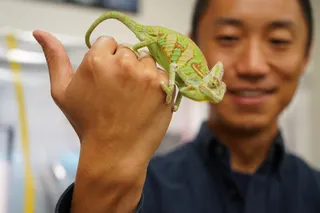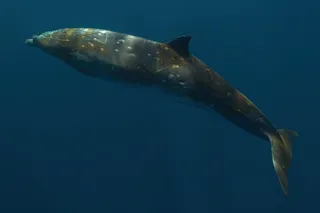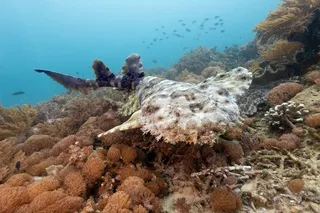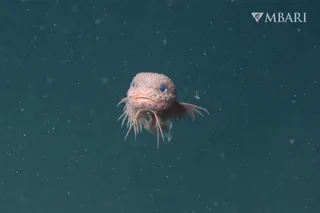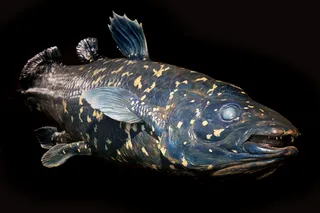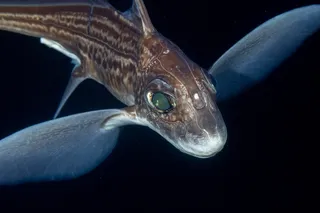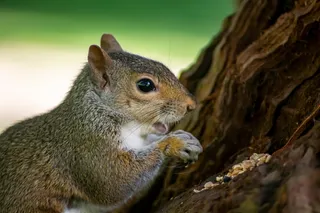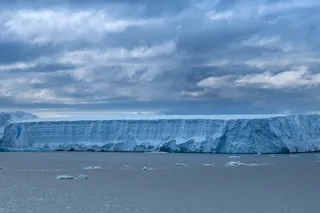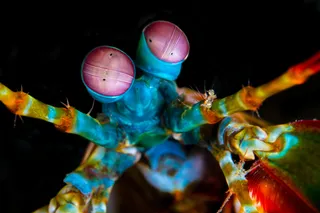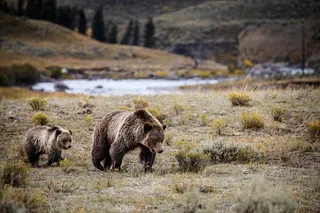On a calm, clear day in February 1977, Jack Corliss and two fellow explorers wedged themselves into the tiny, cramped cabin of the research submarine Alvin, said good-bye to the two support ships at the surface, and began a long descent into darkness. About 90 minutes later Alvin was gliding along the seafloor a mile and a half below the surface of the Pacific, and Corliss, a burly Oregon State University marine geologist, was peering out the porthole, searching for a phenomenon that had been suspected but never seen: submarine hot springs.
Searchlights blazing, Alvin cruised through black water above the Galápagos Rift, an undersea volcanic ridge along the equator 200 miles west of Ecuador. It was in just such a place, Corliss and the others surmised, that these so-called hydrothermal vents would be found--if they existed. Suddenly, just ahead, they spotted a huge cluster of clams. Tha was odd. ...




